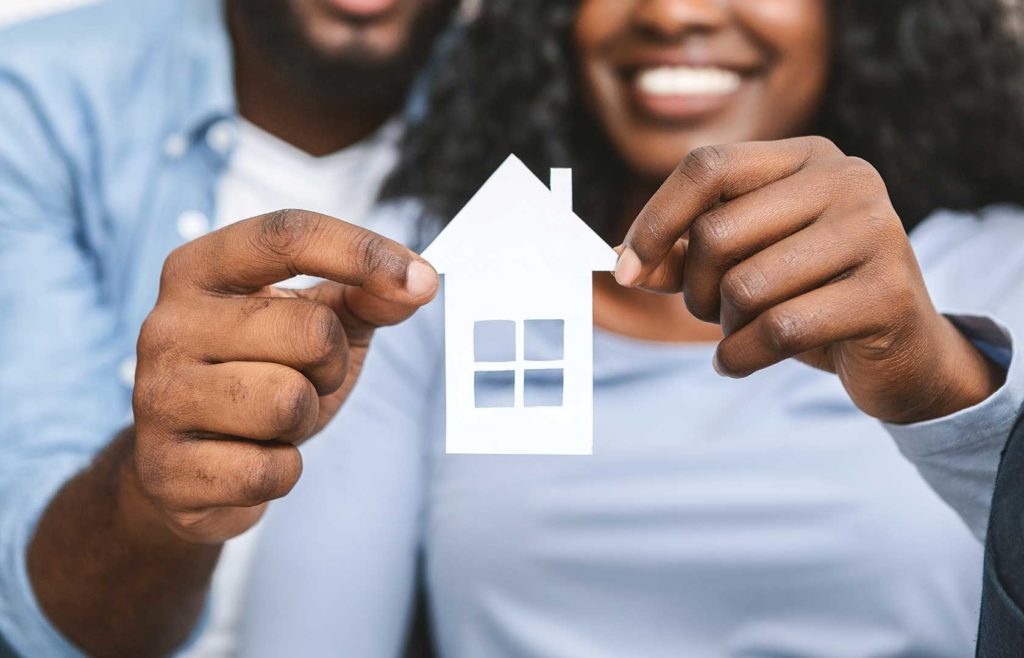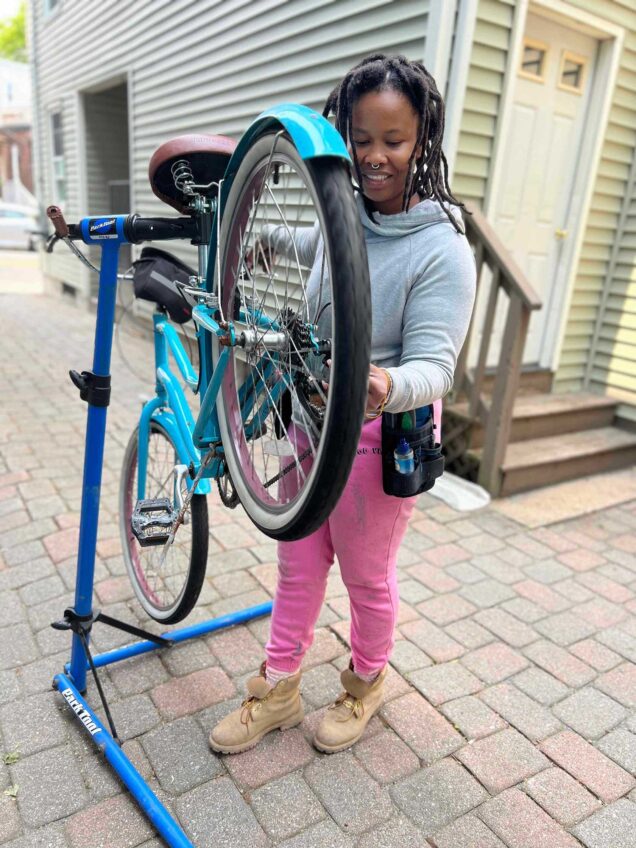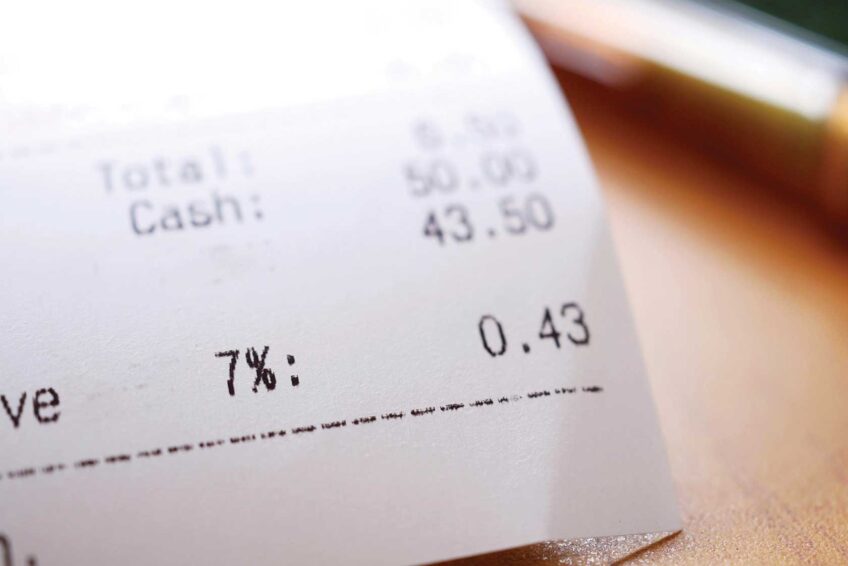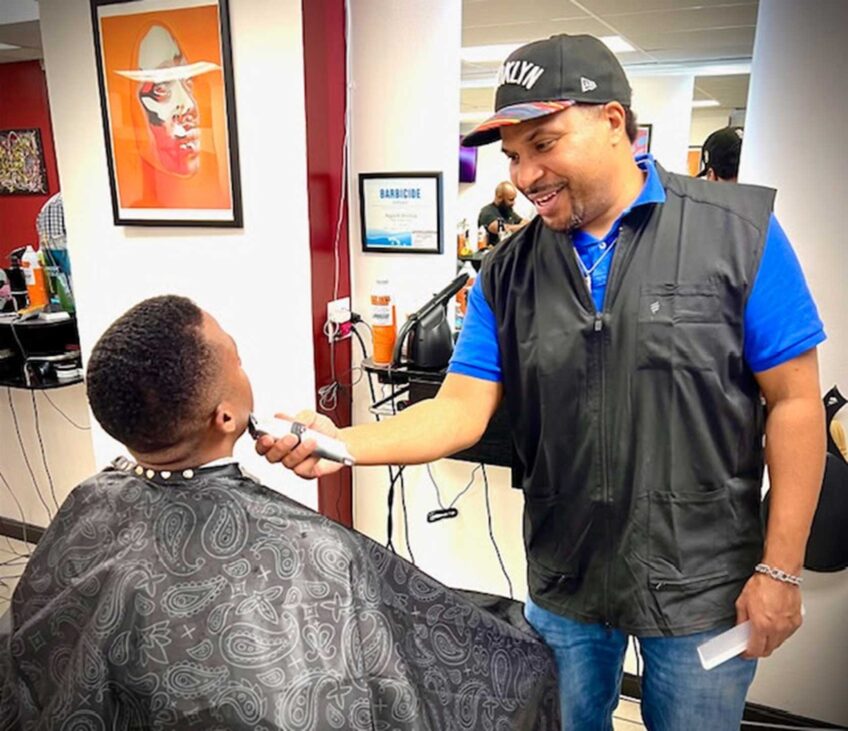OneUnited Bank launches down payment assistance program for first-time homebuyers

Banner Business Sponsored by The Boston Foundation

The Habitat for Humanity’s “What are the benefits of homeownership?” Evidence Brief states that research has shown a correlation between homeownership and increased wealth, with each year of homeownership tending to be associated with an additional $9,500 in net wealth on average.
The brief also reports that in 2019, net wealth was lower for lower-income ($9,300), Black ($24,100), and Hispanic/Latinx households ($36,050) than for higher-income ($1,589,300) and white households ($189,100).
However, Forbes.com reports that homeownership can provide long-term financial security, as it creates a financial asset that can be used for investments in the future or “used as collateral for loans” as it builds equity and the property’s value increases.
This equity, according to Forbes, can also be used as a “safety net in times of financial need, which is important for communities who have less access to credit than others.”
To counteract this crisis, OneUnited Bank is launching the Lift Up Initiative, a $50,000 down payment assistance program offered for first-time homebuyers.
As the nation’s largest Black owned bank, the Lift Up Homeownership Program, a down payment assistance program, is offered by the Federal Home Loan Bank (FHLB) of Boston.
According to “A Long Way Home: A Racial Equity Analysis of Homeownership in Massachusetts” report, Greater Boston “has one of the largest racial homeownership gaps in the nation, with just 40% of Black and 37% of Latino households headed by an adult 35 years or older owning their homes, compared to 73% of white households.”
The report also discusses the many barriers that prevent households of color from attaining equitable access to homeownership, such as the Federal Housing Administration’s practice of redlining certain neighborhoods, making them essentially ineligible for federally backed mortgages.
Before the 1948 United States Supreme Court case Shelley v. Kraemer, most Black families could not get home loans where they currently lived because their neighborhoods were deemed too risky, noted the report, nor could they get home loans in the suburbs because there they themselves became the risk.
Other barriers that prevent Black households from attaining equitable access to homeownership included real estate and lending industry practices and local zoning laws created by government investment, along with racially restrictive covenants often written into deeds, which prevented Blacks from buying and owning the house, the report states.
Real estate agents would steer Black families away from predominantly white neighborhoods by only showing them homes in historically Black neighborhoods. This happened in tandem with “many municipalities adopting local zoning rules, choosing what types of housing could exist where and for whom, in order to exclude families by race, immigration status, and class,” noted the report.
Lastly, the report states that mortgage lending practices also played a role in Black households being excluded from homeownership. “A 1992 Boston Fed study found, for example, that banks in the Boston area denied Black households at higher rates than white households and that “race still played a significant role in determining whose mortgage applications were approved and whose were denied.”
Knowing the many historic and present obstacles that people of color face when it comes to homeownership is why OneUnited Bank made the decision to participate in the program.
The Lift Up Homeownership Program offers grants up to $50,000 on a first come, first serve basis to help with down payment and closing costs for first-time home buyers who identify as Black, American Indian/Alaska Native, Hispanic, Asian and Native Hawaiian/Pacific Islanders.
Teri Williams, president and chief operating officer of OneUnited Bank, said that she believes that the cost of a starter home “is too darn high.”
“We hope our participation in down payment assistance programs and our contribution will help bridge the gap that many first-time homebuyers experience in all of our communities, including help to rebuild L.A. after the devastating wildfires,” she said.
The qualifications for borrowers include income requirements — no more than 120% of area median income — the completion of a HUD approved homebuyer education course and a borrower contribution of at least $1,000.
OneUnited Bank offers $1,500 to be used for appraisal, credit report and other lender fees, along with additional qualifications.
The bank also provides home loans in Boston, Los Angeles, Miami and surrounding areas where their branch locations are located, and it coordinates with down payment assistance programs, as an Equal Housing Lender, encouraging everyone to apply for a home loan.
Along with the Lift Up Homeownership Program, the OneUnited Bank continues to prioritize affordable housing in the following ways:
• Over 60% of our rental housing loans supported low- to-moderate-income minority communities, sustaining $0 loan losses for over 12 years.
• Our mission-driven deposits grew by $80 million, allowing us to fund even more affordable loans.
• Advocating for generational wealth, we promoted financial literacy in schools and beyond, generating over 100 article features and 3 billion plus media impressions on financial education initiatives.






